Residents calling on pest control services for the removal of chimney swifts and their nests from their fireplaces are a more common occurrence than you think—especially during the spring season when cases are abundant. It is important to get rid of them as soon as possible.
So, how to get rid of chimney swifts? They are protected under the Federal Migratory Bird Treaty Act, so wait until the nestlings are old enough and have left the nest. After the birds leave your chimney, have it cleaned and properly swept, and ensure a chimney cap is securely installed by a local professional.
This guide will provide you with everything you need to know about chimney swifts, their nesting habits, how to effectively get rid of them, and other relevant information.
What Are Chimney Swift Birds?
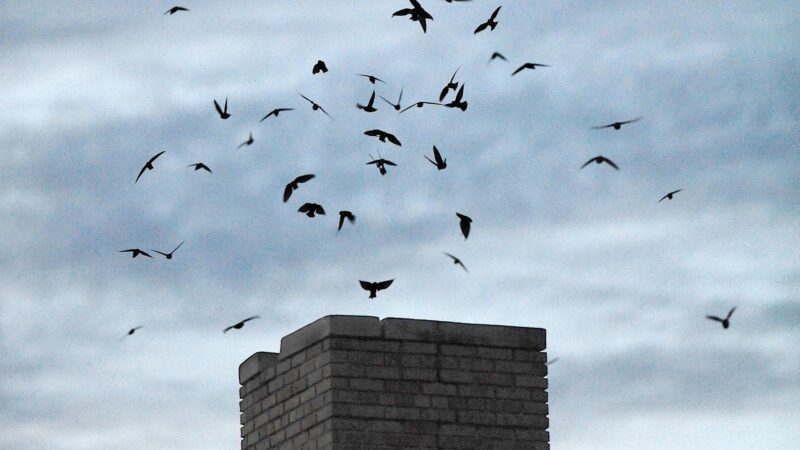
Chimney swifts (Chaetura pelagica) are small, highly gregarious, and migratory birds characterized by their slender tube-shaped body, dark to brownish gray plumage, tiny and stiff spines on their tail feather tips, and large eyes. On average, they weigh about 21.33 grams with a wingspan of 13 centimeters and a tail length of 4 centimeters.
Named after how they habitually nest in chimneys and other man-made structures such as wells, hollow interiors of buildings, and air shafts made of brick or wood, Chimney swifts are known for their ability to fly all day long and inability to perch on horizontal supports.
They follow an insectivorous diet and feed only during flight—they catch insects and spiders by flying, hovering over, and diving through trees. Today, chimney swifts are often found in agricultural lands, river or forest edges, and near human settlements.
Chimney Swift vs. Bat: How to Tell the Difference?
Although chimney swifts and bats could not be any more different, it is understandable that people may get confused between them, so here are distinctive features to help tell them apart:
| Characteristics | Chimney Swift | Bat |
| Animal Classification | Birds | Mammals |
| Habitat | Near agricultural lands, areas with human activity, river or forest edges | Forests, open fields, deserts, agricultural, urban, and suburban areas, caves, trees |
| Lifespan | Up to 14 years | Up to 33 years |
| Behavior | Highly social, migratory, diurnal | Nocturnal, migratory, territorial, may be solitary or social |
| Communication | Twittering, chattering, and chipping | Echolocation |
Do Swifts Nest In Chimneys?
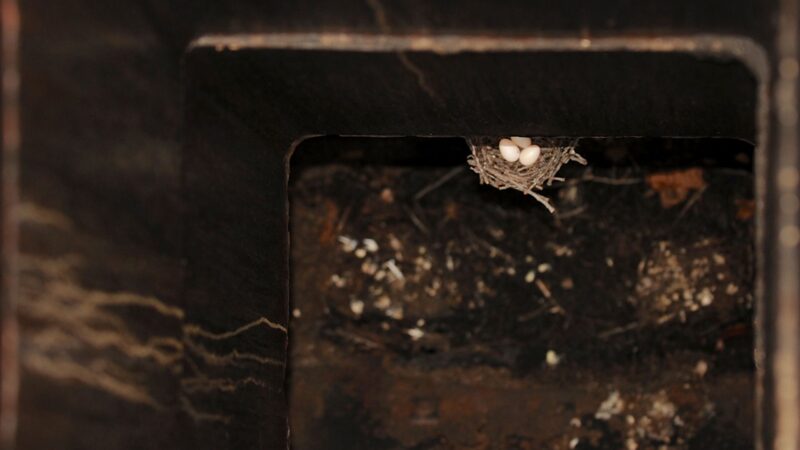
Why Do Chimney Swifts Live In Chimneys?
Historically, chimney swifts nest in the hollow interior of trees, cliff faces, and caves. Presently, they almost exclusively build their nests in human-made structures, such as chimneys, air shafts made of brick or wood, and other sites that provide a closed, deep, and relatively dark space for them to temporarily live in.
It just so happens that chimneys are the most suitable sites as they are able to provide the birds with safety against bad weather conditions and predators.
How Long Will Chimney Swifts Stay In Their Chimney?
They stay during the breeding season, which usually lasts sometime between 2 to 3 months, occurring from May to September. In this period, they build basket-like nests using sticks and attach them to the chimney wall using a special saliva secretion. Once the nestlings reach 14 to 19 days old, they abandon the nest.
Do Chimney Swifts Return to Nest in the Same Chimney?
Yes, re-nesting is highly possible, especially if the nest and its eggs were not destroyed. They will continue using the site until it becomes unsuitable for them to live in it.
Related: How to Get Rid of Starlings | Effective Techniques for Pest Control
Are Chimney Swifts Dangerous?
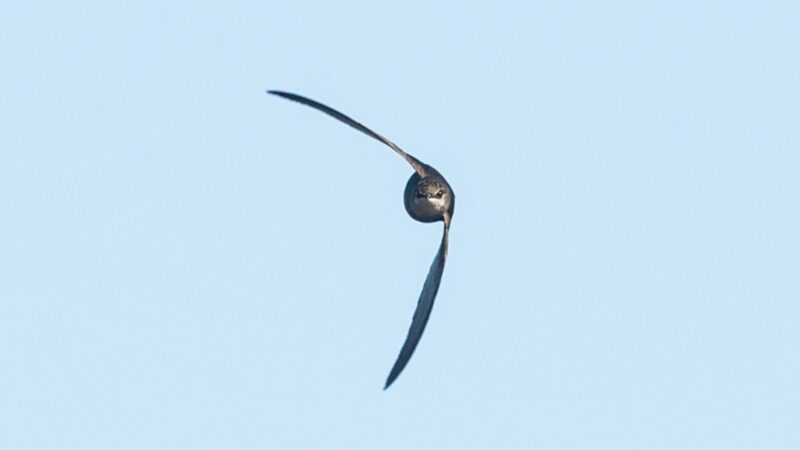
No. In fact, they are known to be peaceful birds. However, they may pose a threat to humans if the chimneys they nest in become blocked as that could increase the risk of fire.
Moreover, their fecal droppings and nest itself can be foul-smelling and a means of transmitting airborne and parasitic diseases into your home. Not only that but this environment may attract other pests such as ticks, fleas, and mites.
How To Know If You Have a Chimney Swift Nest in Chimney?
It is quite simple really: if you hear any bird-like twittering, chattering, or chipping in your chimneys, they most likely would be chimney swifts. Another telltale sign is the presence of nesting activity or materials as well as an increased number of insects swarming your chimney.
Related: How to Get Rid of Grackles | Proven Tricks to Repel Them
How to Get Rid of Chimney Swift Birds?
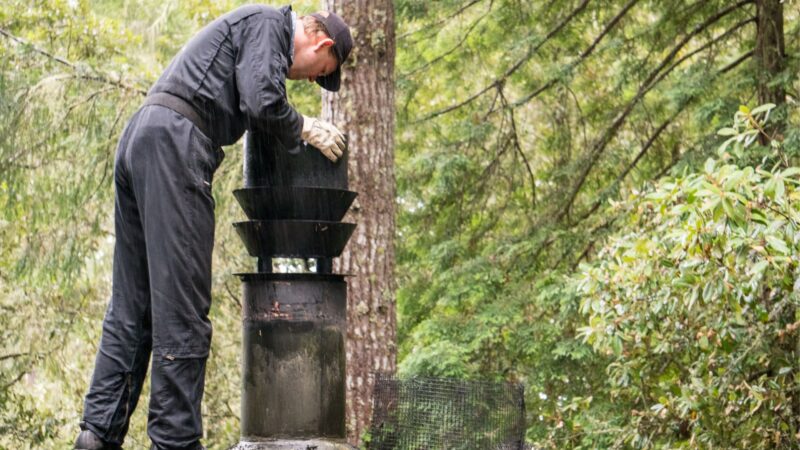
- Stay put until the birds finish nesting. It is considered illegal under the Migratory Bird Treaty Act to remove chimney swifts and their nests during the nesting period.
- Contact a local professional chimney sweep to thoroughly clean your chimney and clear the nest and its contents. Doing so by yourself might increase your risk of contamination.
- Have them install a chimney cap and other applicable repellents such as netting to deter the birds from coming back and re-nesting.
Related: How to Get Rid of Myna Birds | Essential Tactics to Follow!
How to Prevent Chimney Swifts From Returning?
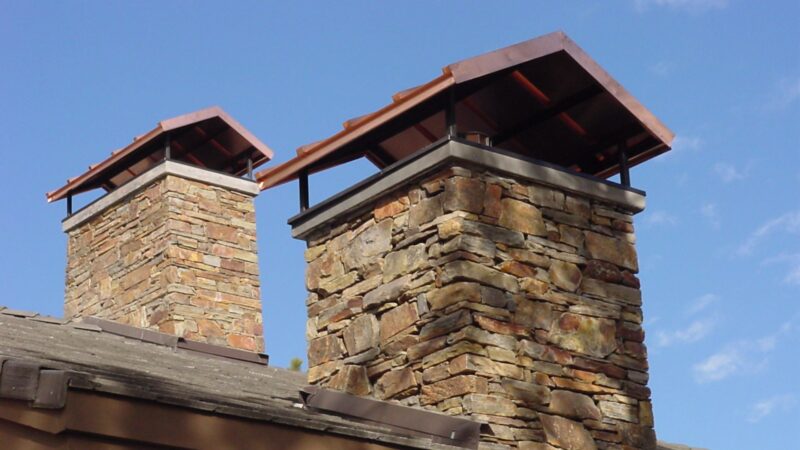
Chimney swifts are prone to re-nesting if their site remains relatively untouched. So, to discourage them from coming back, you can do the following methods:
- Have a professional put a chimney cap or netting in place so that they have no means of getting back inside the chimney.
- Schedule consistent assessments and necessary maintenance of your chimney, preferably as spring begins, just before the birds start looking for places to nest.
- To increase the effectiveness of the chimney cap or netting, consider adding bird spikes or visual deterrents.
- Be aware of the legal implications of dealing with the birds, since they are a law-protected species.
Hopefully, by now you know the appropriate measures against chimney swifts. To increase your success in prevention, use additional deterrents such as netting, bird spikes, or visual repellents.
Related: How to Prevent Birds Nesting in Roof? | Information and Control Guide
List of Sources
Cink, C. L., & Collins, C. T. (2016). Chimney Swift (Chaetura pelagica), version 3.0. In A. F. Poole (Ed.), The Birds of North America. Cornell Lab of Ornithology.
National Chimney Sweep Guild. (n.d.). Chimney Swifts.
U.S. Fish & Wildlife Service. (n.d.). Migratory Bird Treaty Act Protected Species (10.13 List).
- How to Get Rid of Copperheads | Practical Guide - August 27, 2023
- How to Get Rid of Corn Snakes | What Makes Them Aggressive? - August 27, 2023
- How to Get Rid of Alligators | Safety Measures and Removal Methods - July 16, 2023
